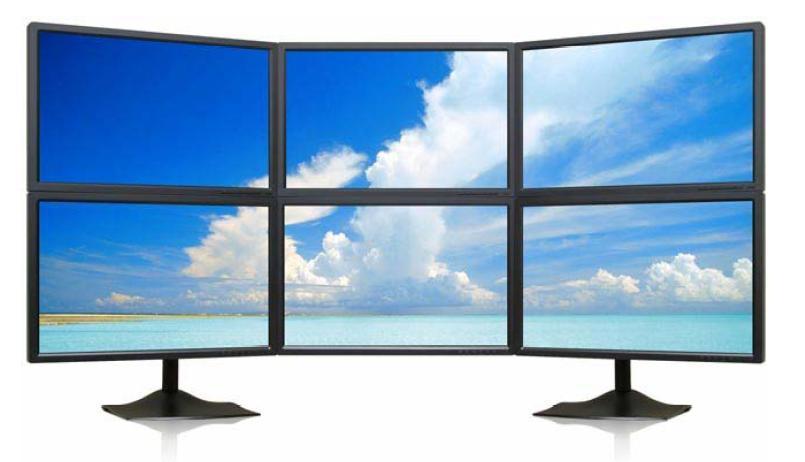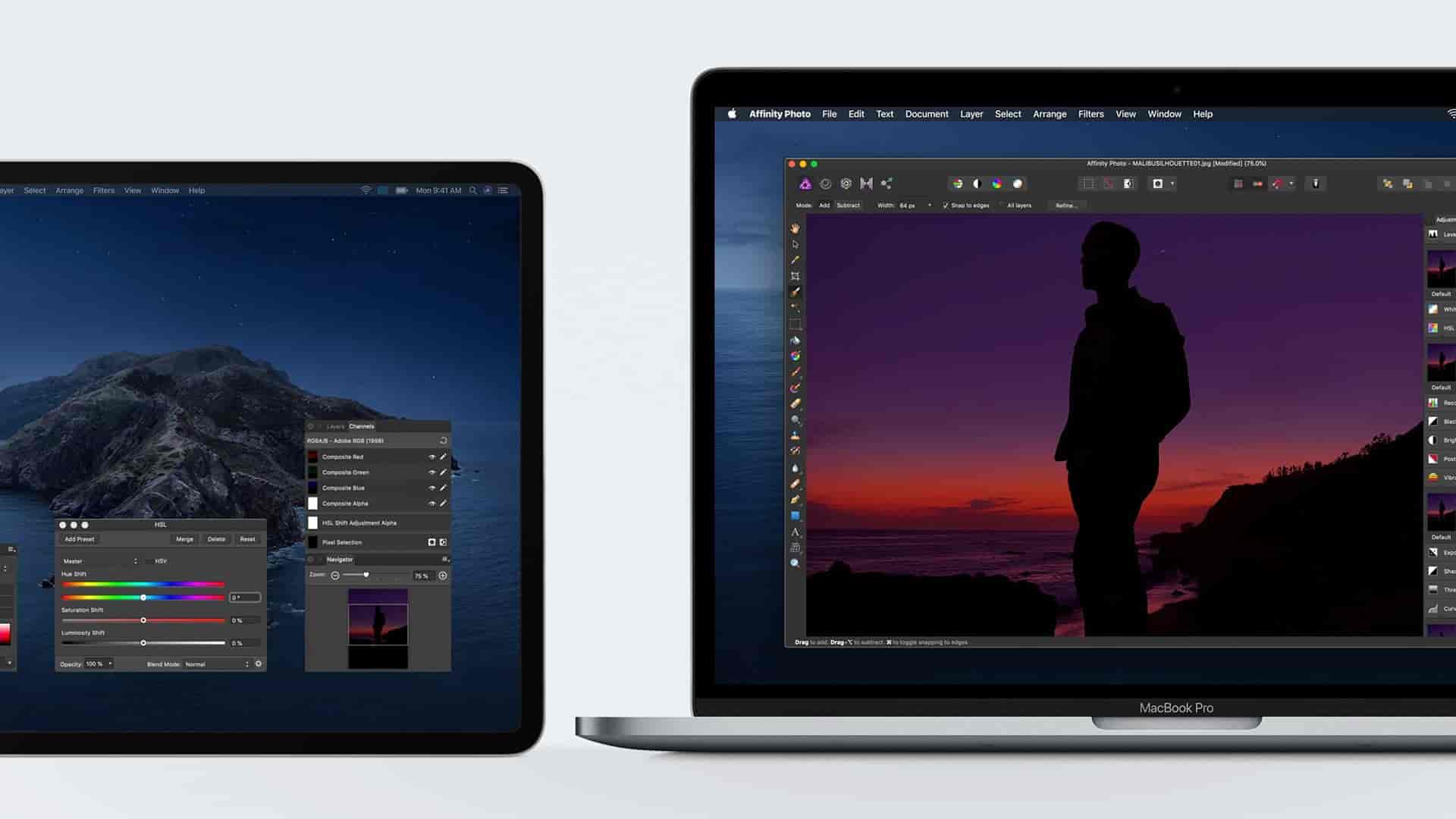Are you having issues with the backlight on your 13-inch MacBook Pro display? You may be eligible for a free repair with Apple’s Display Backlight Service Program. Read on below for more…
If you have a 13-inch MacBook Pro from 2016 and you’re having display backlight issues, follow along with the steps below to look into a free repair. Here are the symptoms to look out for:
- Display backlight continuously or intermittently shows vertical bright areas along the entire bottom of the screen
- Display backlight stops working completely
If you've bought a Mac mini or Mac Pro, you'll need a display to go with it; and even those with an iMac or MacBook might fancy a second screen. We've tested, reviewed and ranked the best Mac. My Monitor for Mac Mini broke and I can't afford new display right now. Basically I want to know it is possible to connect Mac Mini with Macbook Pro - and use Macbook Pro as Monitor. Basically I want to boot as macmini (using macbook pro's display) when I'm home. I'm photographer and I use Photoshop Lightroom Illustrator InDesign ETC.
APPLICABLE MODELS - Compatible with MacBook Air before 2018, MacBook Pro before 2016, IMac 2009-2015, Mac Mini 2010-2014, Surface Pro 2/3/4 /5/6, Surface 3, Surface laptop 2, Surface book, Lenovo Thinkpad, Google Chromebook Pixel (before 2015).
Apple’s Display Backlight Service Program covers affected MacBook Pro notebooks for four years from the date of purchase.
How to check if your MacBook Pro is eligible for a free display backlight repair
- If you’re not sure, confirm you have a 13-inch 2016 MacBook Pro ( → About this Mac)
- Has your display backlight stopped working or intermittently shows bright areas along the bottom of the screen?
- Get in touch with Apple Support to start the repair process
More details on the Display Backlight Service Program:
Please choose one of the options below for service. Your MacBook Pro will be examined prior to any service to verify that it is eligible for this program.
- Find an Apple Authorized Service Provider.
- Make an appointment at an Apple Retail Store.
- Contact Apple Support to arrange mail-in service via the Apple Repair Center.
To prepare your unit for service, please backup your data.
Note: If your MacBook Pro has any damage which impairs the service, that issue will need to be repaired first. In some cases, there may be a cost associated with the repair.
Additional Information

This worldwide Apple program does not extend the standard warranty coverage of your MacBook Pro.
If you believe your MacBook Pro was affected by this issue, and you paid to have your display repaired, you can contact Apple about a refund.
For more help getting the most out of your Apple devices, check out our how to guide as well as the following articles:
FTC: We use income earning auto affiliate links.More.
If you have an older iMac sitting around then you may have wondered if it can be used as an external display. There used to be a feature on iMacs called “Target Display Mode”, and while it unfortunately doesn’t exist on newer iMacs, some models made in 2014 or prior do have it. This effectively lets the iMac act as a monitor for another computer. While it is possible to use Target Display Mode with the source as a Windows computer, in this article we will be focusing on how to connect a MacBook specifically. So read on to find out how to setup your iMac as an external display for your MacBook step-by-step!
Determine if your iMac supports Target Display Mode
The first step is to determine if your iMac supports Target Display Mode in the first place. Any iMac since 2014 will not support it, according to Apple, as the resolution of the Retina displays are too high to be run by one Thunderbolt or Mini-DP cable.
Is the iMac a compatible model?
To find your iMac’s model go to the Apple Menu > About This Mac. If it is any of the following models then it will support Target Display Mode:
- 27″ iMac late 2009 & mid 2010
- 21″ & 27″ iMac mid 2011 to mid 2014
Does the iMac run a compatible version of macOS?
You will also need to make sure that the iMac is running macOS High Sierra 10.13 or earlier. Newer versions of macOS do not support Target Display Mode, even if the iMac is one of the compatible models.
Determine which video output your MacBook has
The next step is to determine what sort of video output your MacBook has, as this will tell you which video cable you’ll need to connect the iMac, or if it’s even possible to connect it at all. Unless the MacBook is super old, it will be one of these four ports:
Mini-Display port
This port is found on older MacBooks. You should be able to see the Mini-Display port logo next to the port, which features on the following MacBooks:
- MacBook Air 2008-2010
- MacBook Pro 2008-2010
Thunderbolt 1/2 port
Thunderbolt ports look the same as the Mini-Display port, however they will feature a Thunderbolt logo next to the port instead. They come on the following MacBooks:
- MacBook Air 2011-2017
- MacBook Pro 2011-2015
USB-C (Thunderbolt 3) port
A USB-C port with Thunderbolt 3 capability is included on the following MacBooks:
- MacBook Air 2018 or later
- MacBook Pro 2016 or later
USB-C (Display-port only, no Thunderbolt) port
The 12″ MacBook (2015-2018) will have a USB-C port that supports only Mini-DP, not Thunderbolt.
Find a video cable to connect your MacBook to the iMac
Now you’ll need to find a video cable (and possibly adapter) to connect the MacBook and iMac. Which video cable will be needed depends on the MacBook being used, as well as the iMac model. Not all combinations of MacBook and iMac are compatible either, so take a look at the table below to find out which cable/adapter you’ll need based on the Macs you are trying to connect together:
| MacBook with Mini-Display port | MacBook with Thunderbolt 1/2 | MacBook with USB-C (Thunderbolt 3) | MacBook with USB-C (Display-port only) | |
|---|---|---|---|---|
| iMac Late 2009 27-inch | Mini-DP to Mini-DP cable | Mini-DP to Mini-DP cable | USB-C to Mini-DP cable | USB-C to Mini-DP cable |
| iMac Mid 2010 27-inch | Mini-DP to Mini-DP cable | Mini-DP to Mini-DP cable | USB-C to Mini-DP cable | USB-C to Mini-DP cable |
| iMac Mid 2011 21.5-inch | Not compatible | Thunderbolt 2 to Thunderbolt 2 cable | USB-C to Thunderbolt 2 adapter + Thunderbolt 2 cable | Not compatible |
| iMac Mid 2011 27-inch | Not compatible | Thunderbolt 2 to Thunderbolt 2 cable | USB-C to Thunderbolt 2 adapter + Thunderbolt 2 cable | Not compatible |
| iMac Late 2012 21.5-inch | Not compatible | Thunderbolt 2 to Thunderbolt 2 cable | USB-C to Thunderbolt 2 adapter + Thunderbolt 2 cable | Not compatible |
| iMac Late 2012 27-inch | Not compatible | Thunderbolt 2 to Thunderbolt 2 cable | USB-C to Thunderbolt 2 adapter + Thunderbolt 2 cable | Not compatible |
| iMac Late 2013 21.5-inch | Not compatible | Thunderbolt 2 to Thunderbolt 2 cable | USB-C to Thunderbolt 2 adapter + Thunderbolt 2 cable | Not compatible |
| iMac Late 2013 27-inch | Not compatible | Thunderbolt 2 to Thunderbolt 2 cable | USB-C to Thunderbolt 2 adapter + Thunderbolt 2 cable | Not compatible |
| iMac Mid 2014 21.5-inch | Not compatible | Thunderbolt 2 to Thunderbolt 2 cable | USB-C to Thunderbolt 2 adapter + Thunderbolt 2 cable | Not compatible |
| iMac Mid 2014 27-inch | Not compatible | Thunderbolt 2 to Thunderbolt 2 cable | USB-C to Thunderbolt 2 adapter + Thunderbolt 2 cable | Not compatible |
Purchase the correct cable via Amazon
Below are Amazon listings for the different cables that were specified in the table above, so you can purchase the appropriate one to connect your MacBook and iMac if you don’t already have it:
Using Macbook Pro 2016 As Monitor For Mac Mini
Mini-DP to Mini-DP cable$8.49USDBUY NOW VIA AMAZON
USB-C to Thunderbolt 2 adapter$49.99USDBUY NOW VIA AMAZON
Unidirectional USB-C to Mini-DP cable$17.99USDBUY NOW VIA AMAZON
Thunderbolt 2 cable$44.99USDBUY NOW VIA AMAZON
Put the iMac into Target Display Mode
Once you have connected your MacBook and iMac using the appropriate cable, all you should need to do is enter Target Display Mode on the iMac. This can be done by pressing Command-F2 on the iMac’s keyboard. Press the same combination to go back to normal, or simply unplug the video cable.
What if Target Display Mode doesn’t work?
If after pressing Command-F2 the iMac doesn’t start displaying your MacBook’s screen, review the below troubleshooting steps:
- Make sure the MacBook is logged into an account, not sitting on the login screen.
- In System Preferences > Keyboard make sure the box is ticked to “Use F1, F2 etc keys as standard function keys”.
- Try starting both the MacBook and iMac in Safe Mode to see if third party apps are interfering with Target Display Mode. To start in safe mode shut the Mac down, then hold the Shift key while starting back up until the Apple logo appears.
- Try using an original Apple keyboard (such as the one that came with the iMac) if possible, as some third party keyboards will not work correctly to activate Target Display Mode.

Additional Resources
Below are resources this article sourced information from, or which you may find helpful:
Using Macbook Pro 2016 As Monitor For Mac Mini Pro
Share your experience!
Were you unable to get Target Display Mode working? Do you have some tips or other information not mentioned in this article? Then please share it in the comments section below to assist other people, or so other people can assist you.
